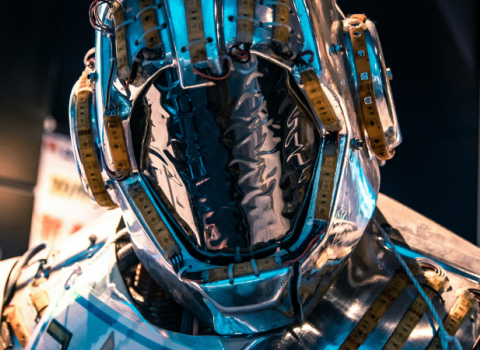
Baram came up with the idea of a virtual chessboard floor that provides patients with an immediate response using “visual hints,” to help them in orienting and stabilising themselves on the board. A tiny instrument fixed to the patient’s glasses creates a virtual chessboard floor from the patient’s point of view, exactly like a real floor.
In tests on 40 MS patients the device improved walking within half an hour, and the improvements were sustained afterwards, Baram said. Patients with Parkinson’s disease where the disease affects the function of their lower limbs could also walk better.
“Since we can’t change the real floor, we change the way in which the patient sees the floor,” Baram explained. “When the patient starts to walk, the floor begins to move under him. The patient has the feeling that he is walking on a real chessboard.” Using a neural network, the device learns the patient’s characteristic behaviour and adapts the system’s reactions to it.”
Baram, who owns the patent on the technology, is setting up a company named GaitAid Medical to take the product to the markets in the US and Europe. He says that there are about 60 million people living with neurological diseases in these markets.





 A unique international forum for public research organisations and companies to connect their external engagement with strategic interests around their R&D system.
A unique international forum for public research organisations and companies to connect their external engagement with strategic interests around their R&D system.